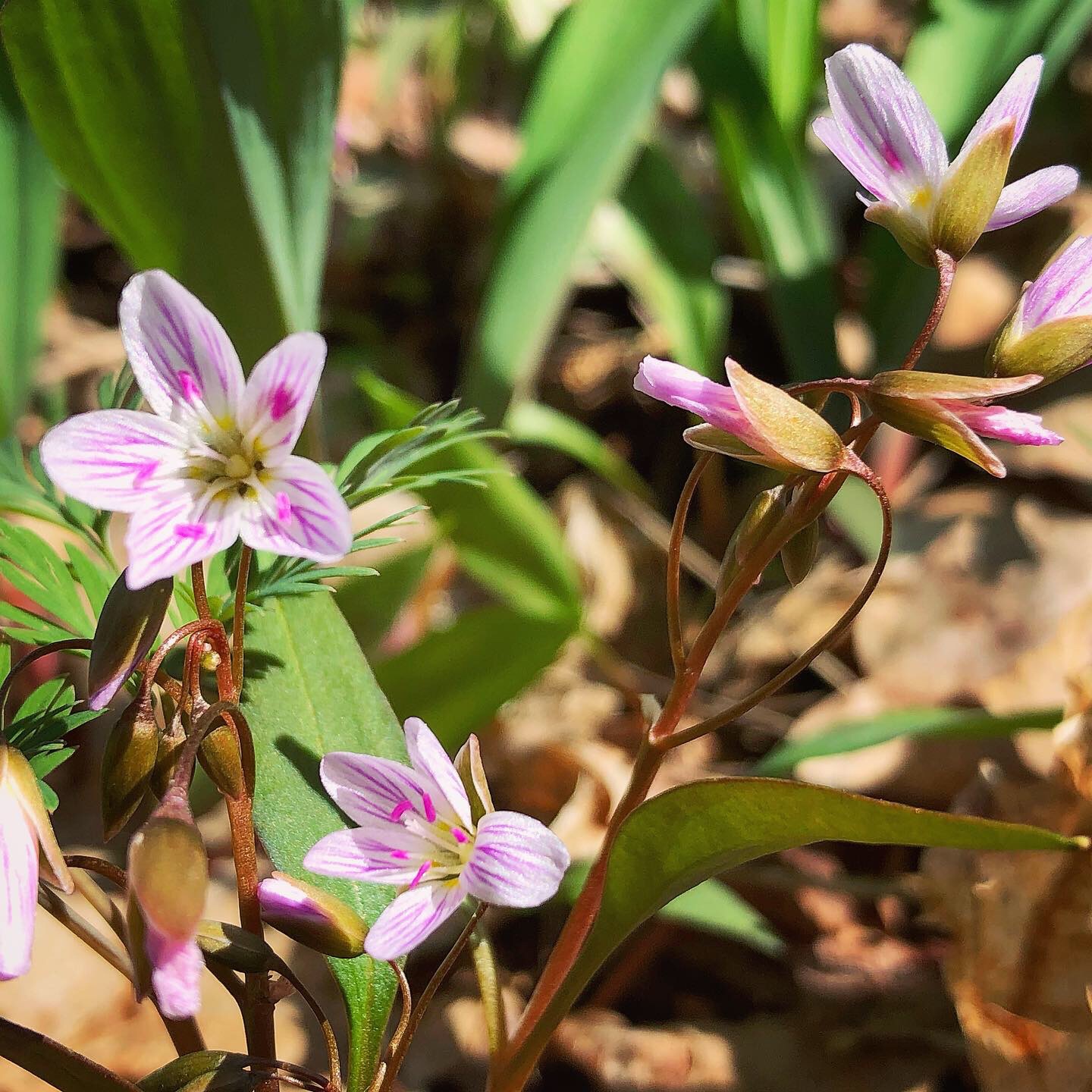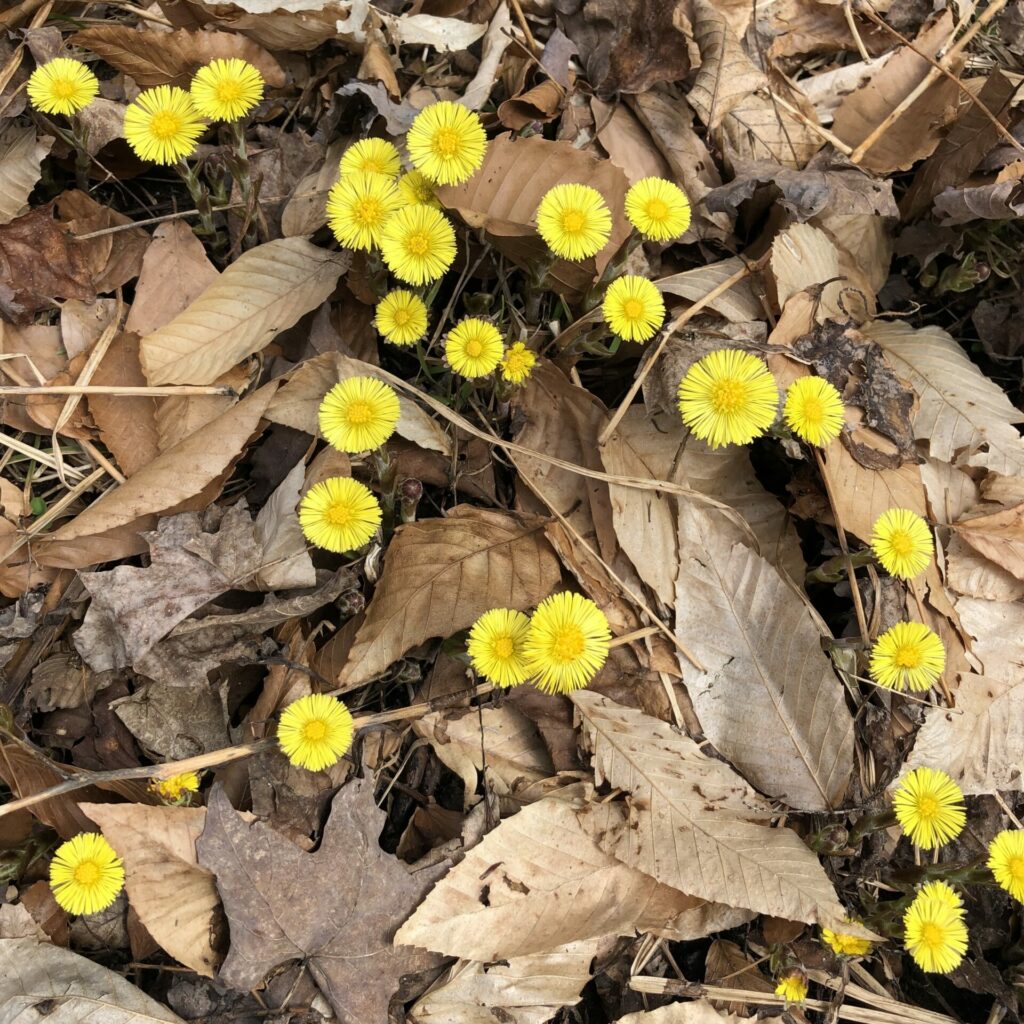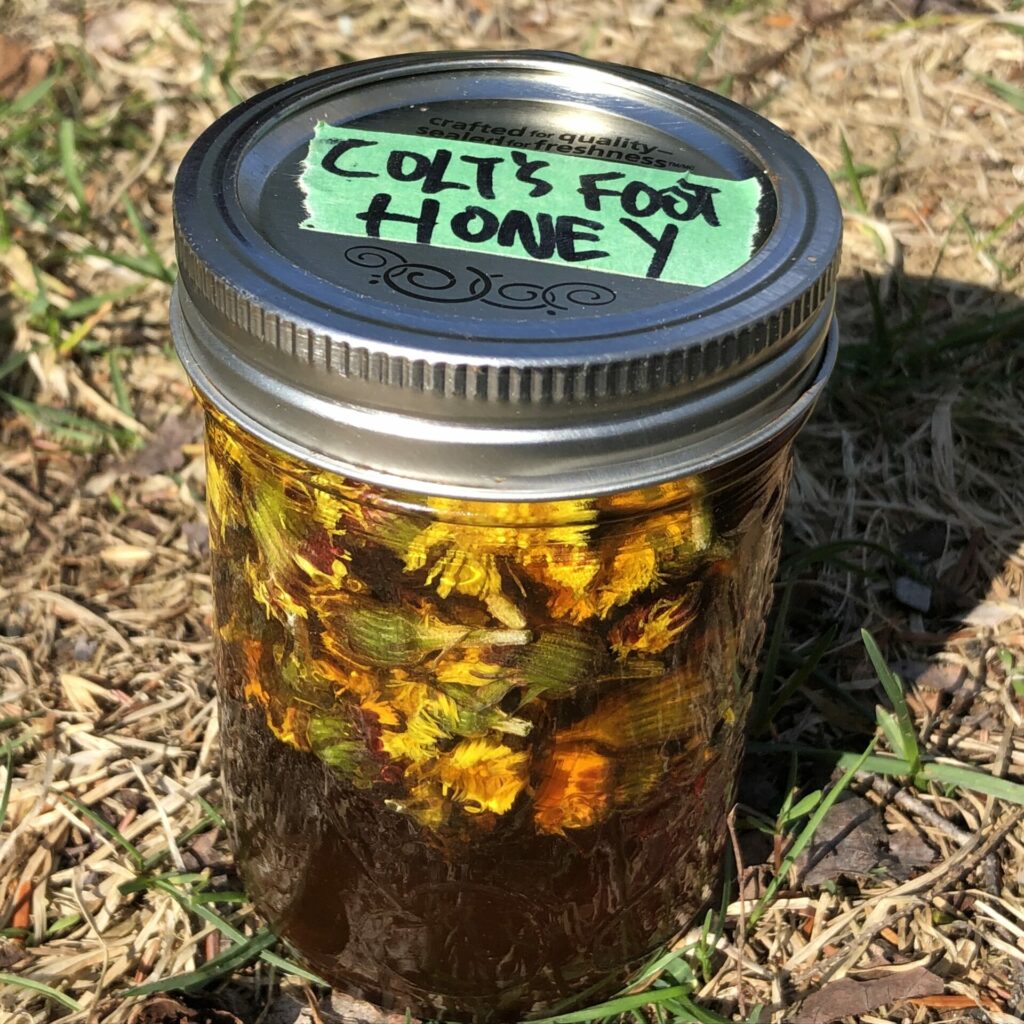Foraging fun
Heading into the spring woods en route to a honey hole or choice hunting spot? Keep your eyes peeled for these three wild edibles
Advertisement
COLTSFOOT Tussilago farfara
Advertisement
Coltsfoot is an abundant naturalized wildflower that will likely be the first flash of colour you encounter along old logging trails and in disturbed areas in early spring. Its bright yellow flower is often confused with dandelion, (a distant cousin in the Asteraceae family), but closer inspection reveals their differences. Unlike dandelion, coltsfoot produces its flower on a scaled stalk well before any leaves appear, and the centre of the flower itself is filled with tiny yellow florets. Coltsfoot is often found near streams, ditches, or standing water wherever there’s sunshine in disturbed or compacted soil. Traditionally it’s been used to treat bronchial and respiratory issues by making teas and tinctures, or by smoking the leaves. Modern science has revealed the presence of pyrrolizidine alkaloids in coltsfoot that can cause liver or lung damage with prolonged use. Consumed sparingly to clear up minor bronchial issues, a sore throat or common cold, I’ve used it for years with great results and no ill effects. My favorite use of coltsfoot is infusing honey with the flowers (below). Stuff a jar with flowers, fill slowly with honey allowing air bubbles to escape until the flowers are covered, and let it sit in the pantry for six to eight weeks.



